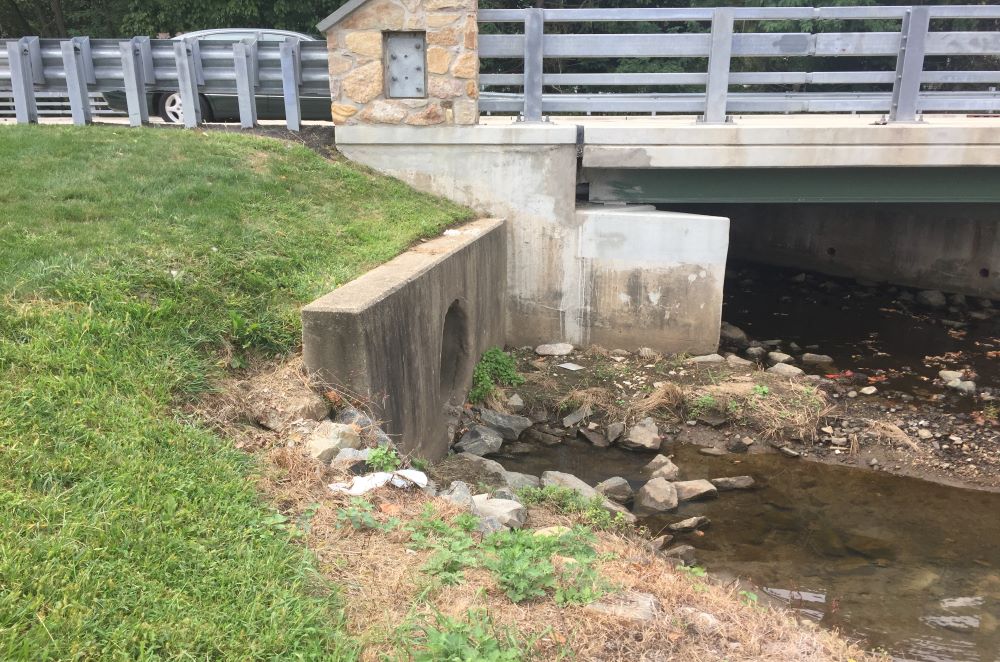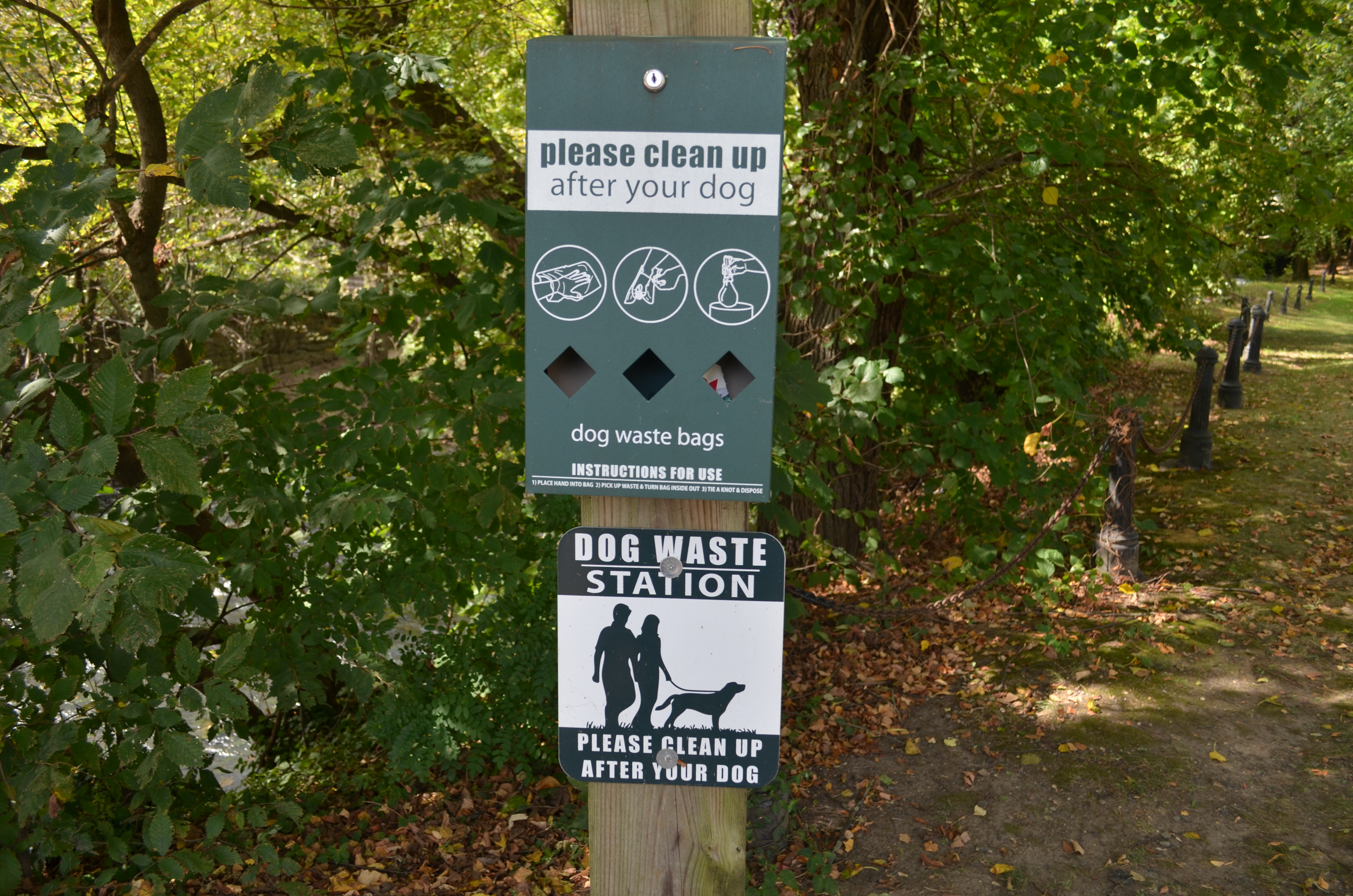Stormwater

What is Stormwater?
Human activity is largely responsible for the stormwater pollution. Everything that we put on the ground or into the storm drain can end up in our water. Each of us has a responsibility to make sure these contaminants stay out of our water. Whether we have clean water is up to you.
The official definition of stormwater under the N.J.A.C. 7:14A rules is as follows:
'Stormwater' means water resulting from precipitation (including rain and snow) that runs off the land's surface, is transmitted to the subsurface, or is captured by separate storm sewers or other sewage or drainage facilities, or conveyed by snow removal equipment.
Stormwater Coordinator Contact
For more information and questions on stormwater programs please contact:
Matt Ayers
Director of Public Works
609-652-3700 Ext. 255
Email: mayers@gtnj.org
| Stormwater Links | |||
 |
 |
 |
 |
|
Stormwater Documents
Stormwater Prevention Plan, Management Plan, and other documents.
|
Stormwater Events
Look for our events on the calendar and see how you can
get involved.
|
Stormwater Resources
Click hear to learn more information about stormwater
and get educational resources.
|
Stormwater Ordinances
Understand what rules Galloway Townsnip has around stormwater.
|
| Learn More! | Learn More! | Learn More! | Learn More! |
| Frequently Asked Questions: | |||




